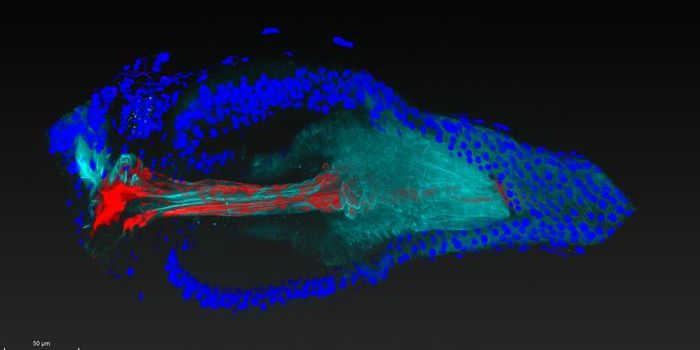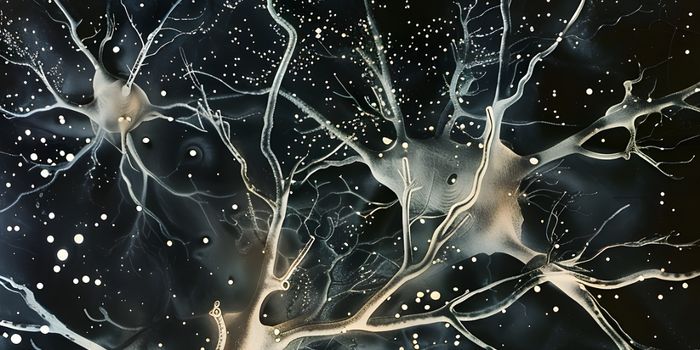New Details About how our 'Second Brain' is Formed
Our gastrointestinal system has been found to play a critical role in our health; not only is the microbiome receiving a lot of research attention, scientists are also learning more about the enteric nervous system, a complex and large network of nerve cells in the gut (described in the video below). New work has been reported in Science about how the enteric nervous system develops, using mice as a model, and shows how this vast population of roughly half a billion nerve cells and their accompanying support cells are formed. This data has been reported in Science, and could have implications for the understanding and treatment of gastrointestinal disease.
"The gut wall is home to many types of nerve cells which appear to be distributed randomly," said Vassilis Pachnis, Group Leader at the Francis Crick Institute. "But despite this chaos, the neural networks of the gut are responsible for well organised and stereotypic functions such as production of stomach acid, movement of food along the gut, communication with immune cells and bacteria, and relay of information to the brain. We wanted to find out how organised activity emerges from such a chaotic system."
The scientists, led by the Francis Crick Institute, along with teams at the University of Leuven, Stanford University, and the Hubrecht Institute and the Quadram Institute Bioscience found that a special, dynamic group of cells - progenitor cells - make copies of themselves by dividing during development. Those copies can then create many other kinds of cells. WIth genetic techniques, the investigators tracked individual progenitor cells of the enteric nervous system with different colours, following their similarly marked progeny as they proceeded through development a became part of an adult animal. An examination of the cells made by progenitors gave insight into their characteristics.
The researchers found that some progenitors make create nerve cells, while others produce only glia cells, which act to support neurons; some progenitors made both nerve and glia cells. The new cells tended to form tight clusters when they were derived from the same progenitor. A Venn diagram of cell clusters was thus formed on the gut surface, as the various progenitors produced cells that were distinct but overlapping. That pattern was repeated in the overall architecture of the gut, replete with columns of cells. That are separate but overlap.
"We uncovered a set of rules that control the organisation of the 'second brain' not just along a single gut layer but across the 3D space of the gut wall," said first author Reena Lasrado, a researcher in Vassilis's lab at the Crick.
The researchers also wanted to learn whether the complex architecture of the enteric nervous system plays a role in the activity of gut nerve cells.
"A subtle electrical stimulation to the enteric nervous system showed that nerve cells generated by the same parent cell responded in synchrony," explained Vassilis. "This suggests that developmental relationships between cells of the enteric nervous system of mammals are fundamental for the neural regulation of gut function."
Now that we have a better understanding of how the enteric nervous system is built and works, we can start to look at what happens when things go wrong particularly during the critical stages of embryo development or early life. Perhaps mistakes in the blueprint used to build the neural networks of the gut are the basis of common gastrointestinal problems."
Sources: AAAS/Eurekalert! via The Francis Crick Institute, Science








